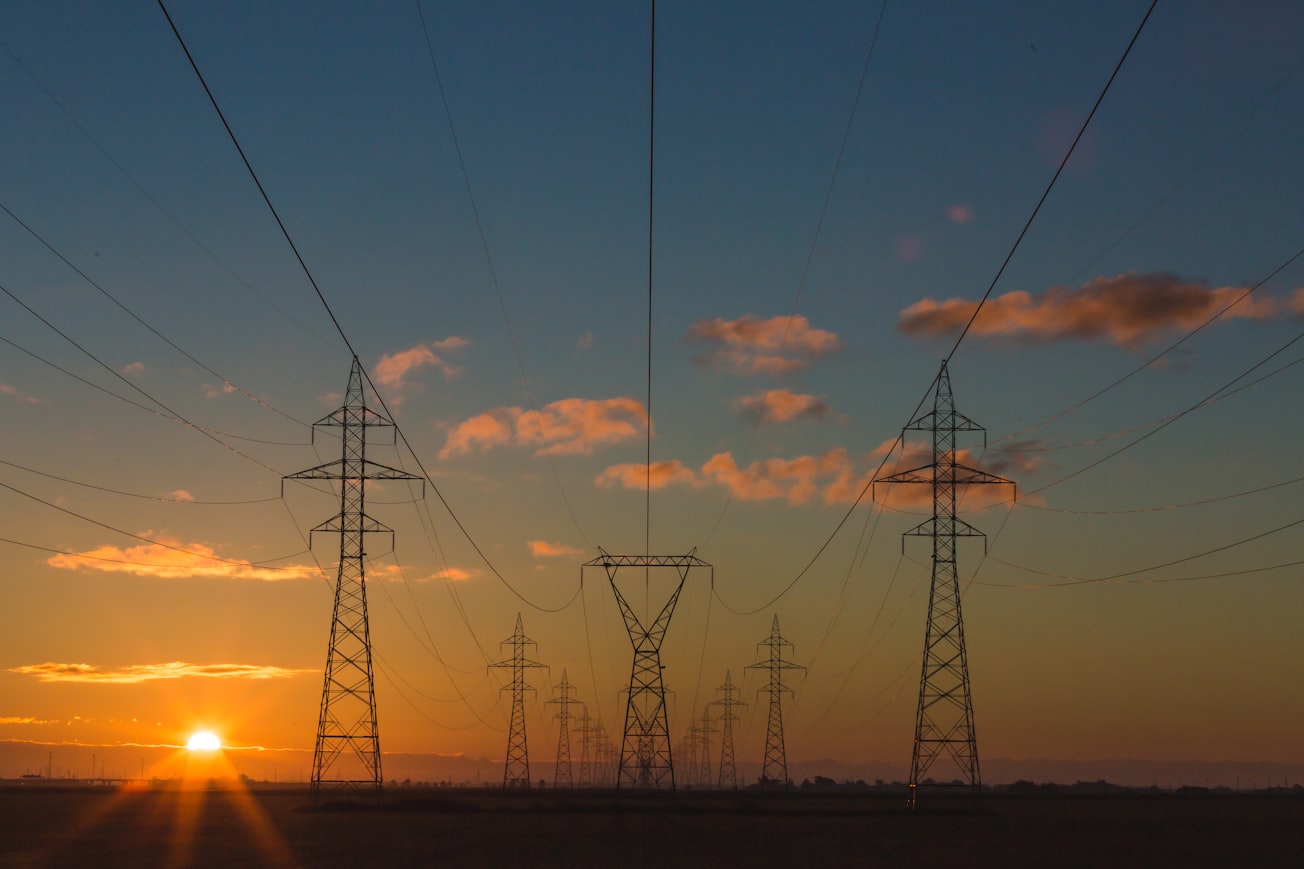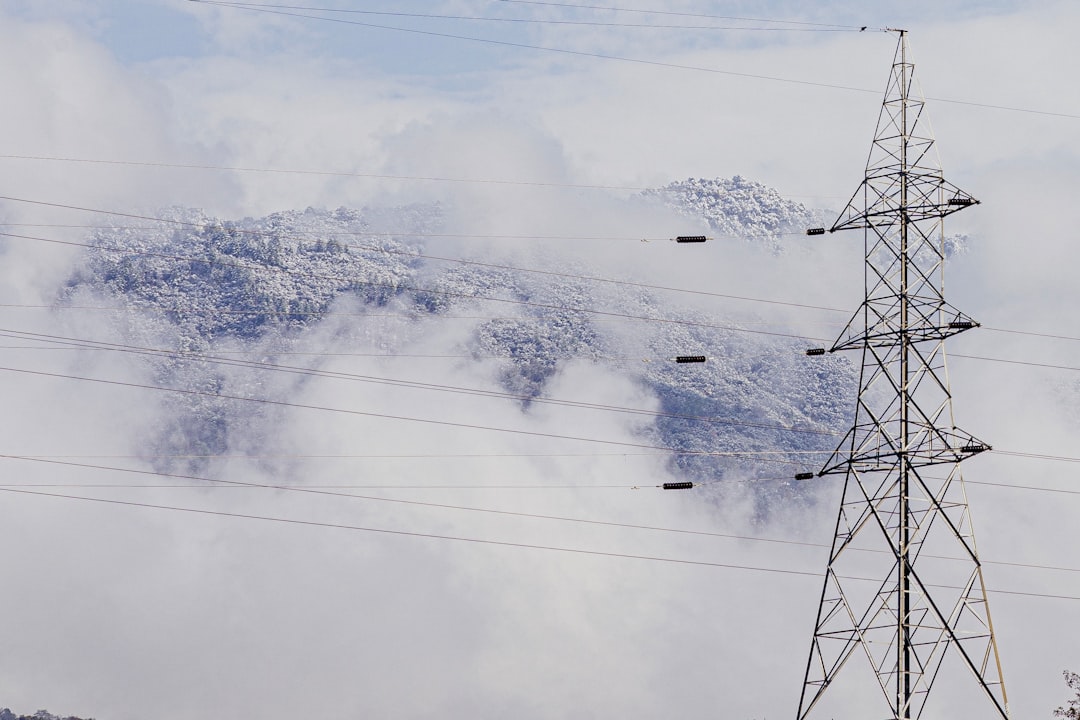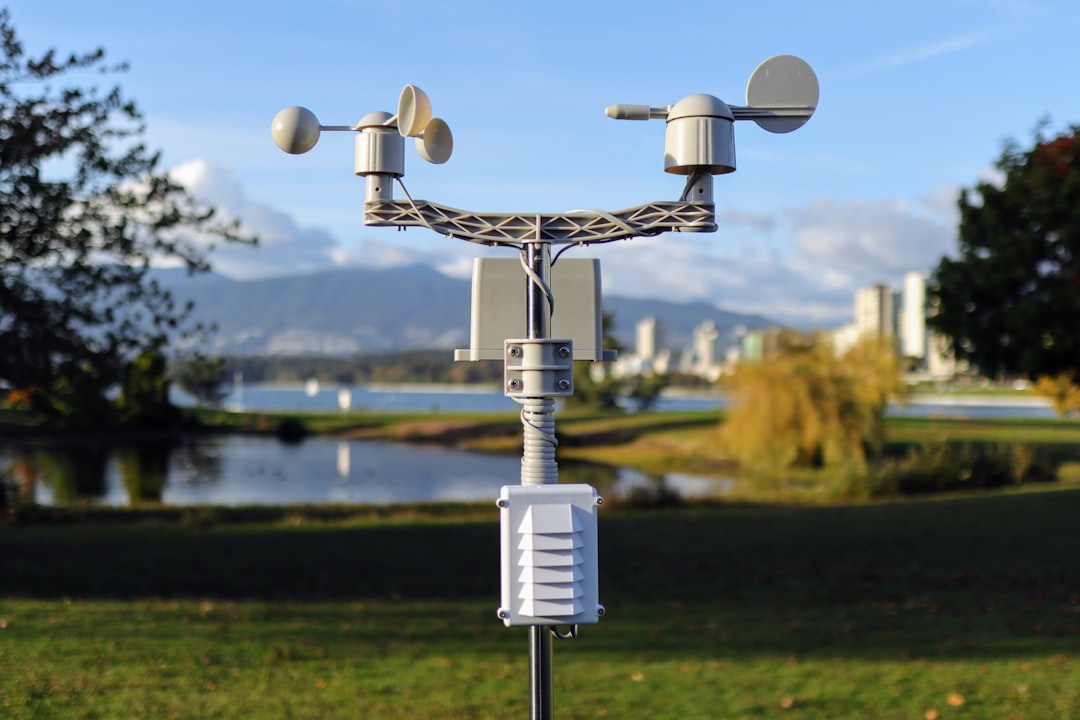What is it about?
This paper presents a traveling wave based protection method for two terminal line using single end data. The method uses polarity of voltage and current traveling waves to decide the direction of fault. Magnitude and the arrival time of first incident current traveling wave, its reflections returned from the fault point and the remote bus at the relay point are used for the protection purpose. It includes a technique to discriminate reflection returned from fault point or remote bus, based on reflection coefficient of current traveling wave to locate the exact location of fault. For the case, when reflections returned from fault point and remote end are not discriminable, a relation is formed using arrival time of of first incident current wave, its reflections returned from the fault point and the remote bus to identify the internal fault. Using location of fault and the relation formed, protection decision is derived. Results for different fault types, fault locations, fault resistances and fault inception angles in a power system demonstrate the accuracy of the proposed method. Comparative assessment with available method is also provided.
Featured Image

Photo by Matthew Henry on Unsplash
Why is it important?
This paper presents a traveling wave based protection technique for two terminal line using single end data. Polarity of voltage and current traveling waves are used to identify the direction of fault. In case of a forward fault, magnitude and the arrival time of first incident current traveling wave, its reflections returned from the fault point and the remote end are used for the identification of internal faults. Magnitudes of current waves are used to discriminate the reflections from fault and remote end to locate the location of fault. For the same case, reflections returned from fault point and remote end may not be possible to discriminate. For such case using first incident forward traveling wave, its reflections returned from the fault point and the remote end to identify the internal fault a relation is formed. Using the location of fault or a formed relation internal fault is identified and trip command is generated. A formed relation used three arrival time of traveling waves.
Read the Original
This page is a summary of: Traveling Wave Based Protection of Transmission Line using Single End Data, IET Generation Transmission & Distribution, August 2019, the Institution of Engineering and Technology (the IET),
DOI: 10.1049/iet-gtd.2018.6565.
You can read the full text:
Contributors
The following have contributed to this page










